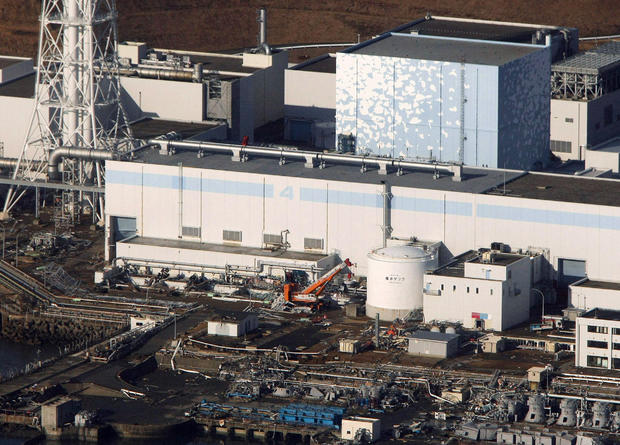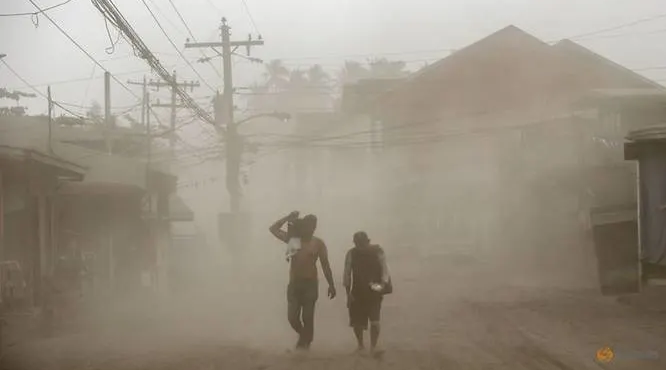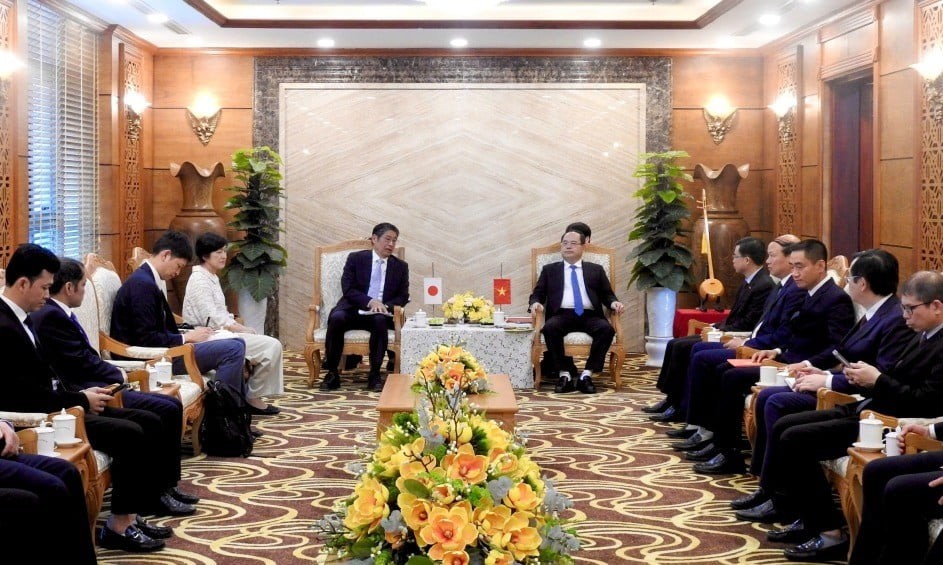Japan: A decade later after the catastrophic tsunami
| Japan set to release Fukushima water into sea: media reports | |
| Philippine volcano shuts down Manila, triggering tsunami warning | |
| Life and death choices for Indonesia tsunami victims |
On March 11, 2011, one of the biggest temblors on record touched off a massive tsunami, killing more than 18,000 people and setting off catastrophic meltdowns at the Fukushima Daiichi nuclear plant. Nearly half a million people were displaced. Tens of thousands still haven't returned home.
More than 30 trillion yen ($280 billion) has been spent on reconstruction so far — but even Reconstruction Minister Katsuei Hirasawa acknowledged recently that while the government has charged ahead with new buildings, it has invested less in helping people to rebuild their lives, for instance, by offering mental health services for trauma.
Tsunami scars linger a decade later
Dazed survivors walk beneath huge sea tankers deposited amid an expanse of rubble and twisted iron that was once a busy downtown, the ships toppled onto their sides like children’s toys. Grieving survivors pick through the flattened debris where their homes used to be. Deserted farms stand in the shadow of the Fukushima nuclear plant, where a catastrophic meltdown still reverberates, AP reported.
These arresting images were captured by The Associated Press in 2011 after a massive wall of water leveled part of Japan’s northeastern coast, washing away cars, homes, office buildings and thousands of people.
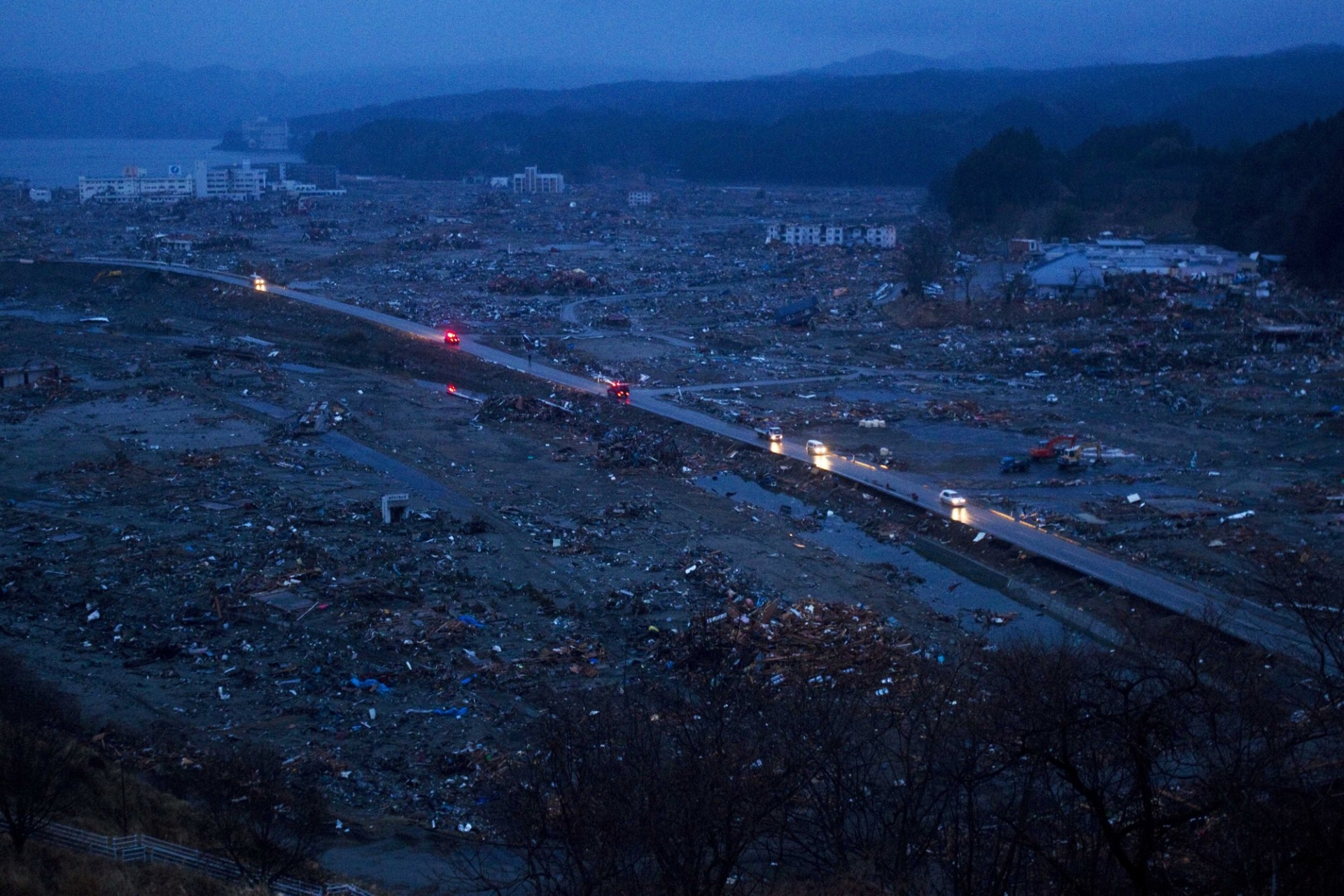 |
| Vehicles pass through the ruins of the leveled city of Minamisanriku, Miyagi Prefecture, northeastern Japan, on March 15, 2011, four days after the Tsunami devastated the area. Photo: AP News |
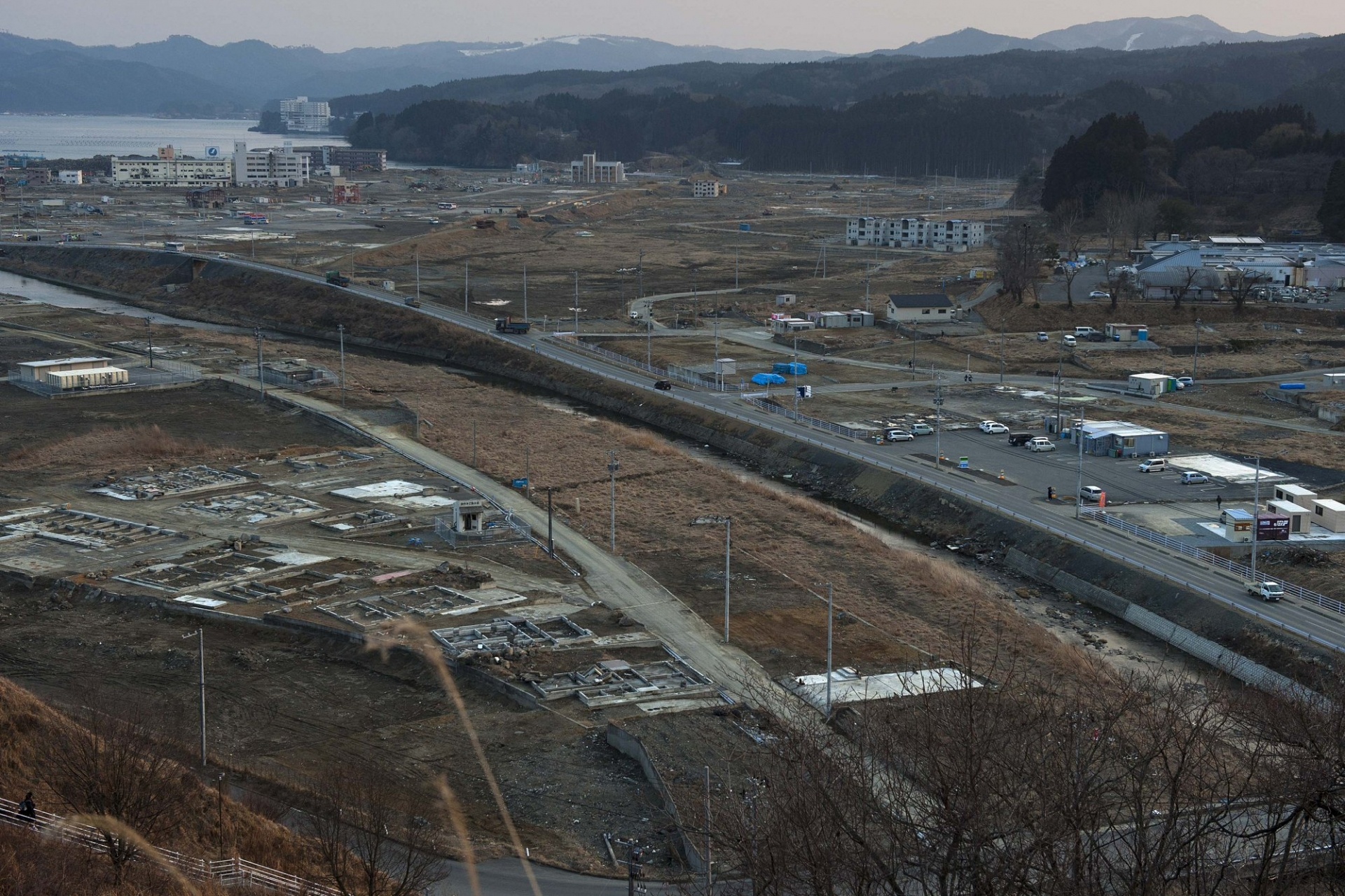 |
| Vehicles pass through the ruins of the leveled city of Minamisanriku, Miyagi Prefecture, northern Japan, on Feb. 23, 2012, almost one year after the March 11, 2011 tsunami. Photo: AP |
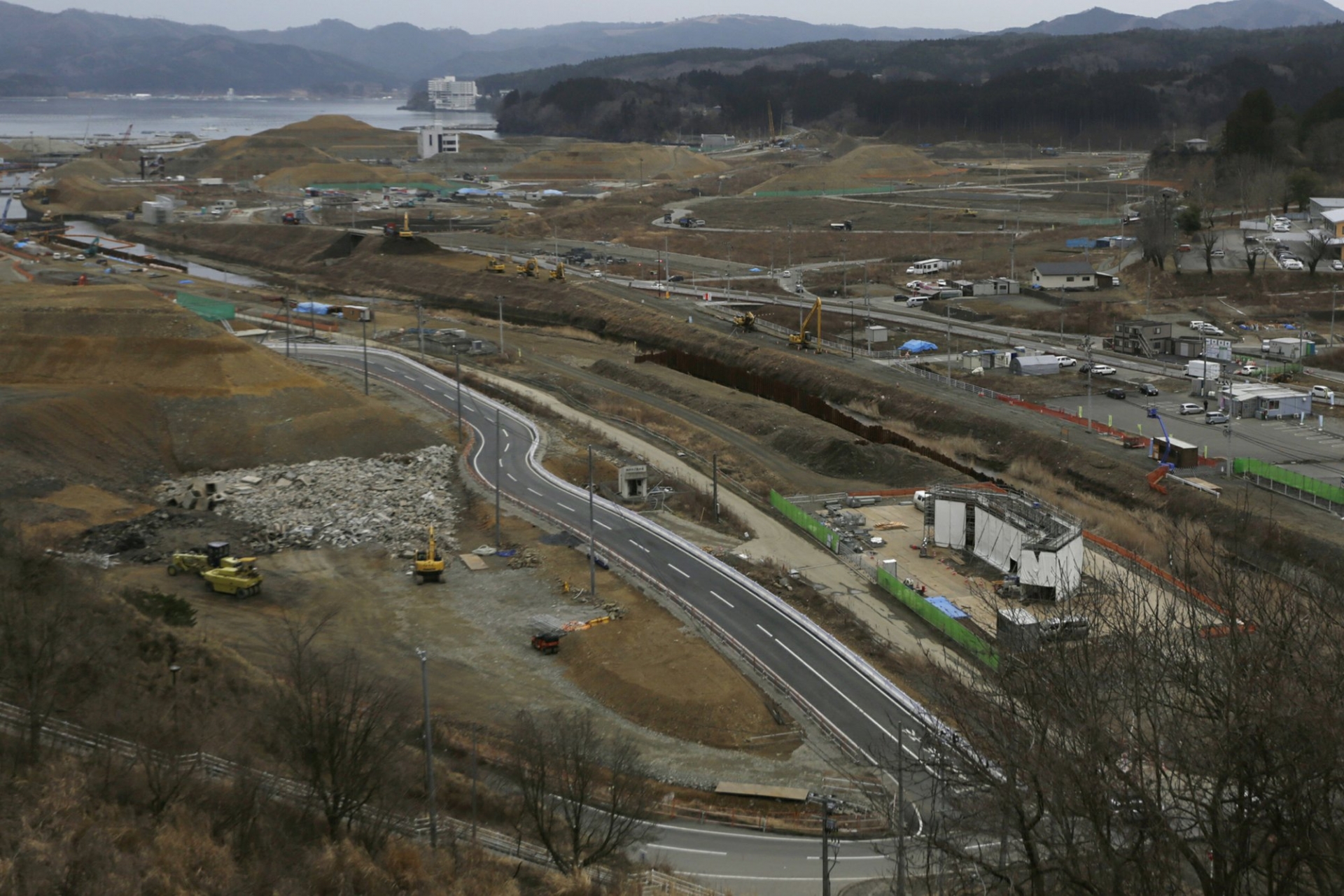 |
| Construction works go on in the leveled city of Minamisanriku, Miyagi Prefecture, northeastern Japan, on March 7, 2016, almost five years after the March 11, 2011 tsunami. Photo: AP |
But this triple disaster in the Tohoku region of Japan — earthquake, tsunami and nuclear meltdown — has been unlike any Japan has faced before, and the challenges of returning to what was normal a decade ago have been immense. Half a million were forced from their homes; tens of thousands have not returned, emptying towns that were already struggling to keep their young people from leaving for Tokyo and the other megacities. Radiation fears linger. Government incompetence, petty squabbling and bureaucratic wrangling have delayed building efforts.
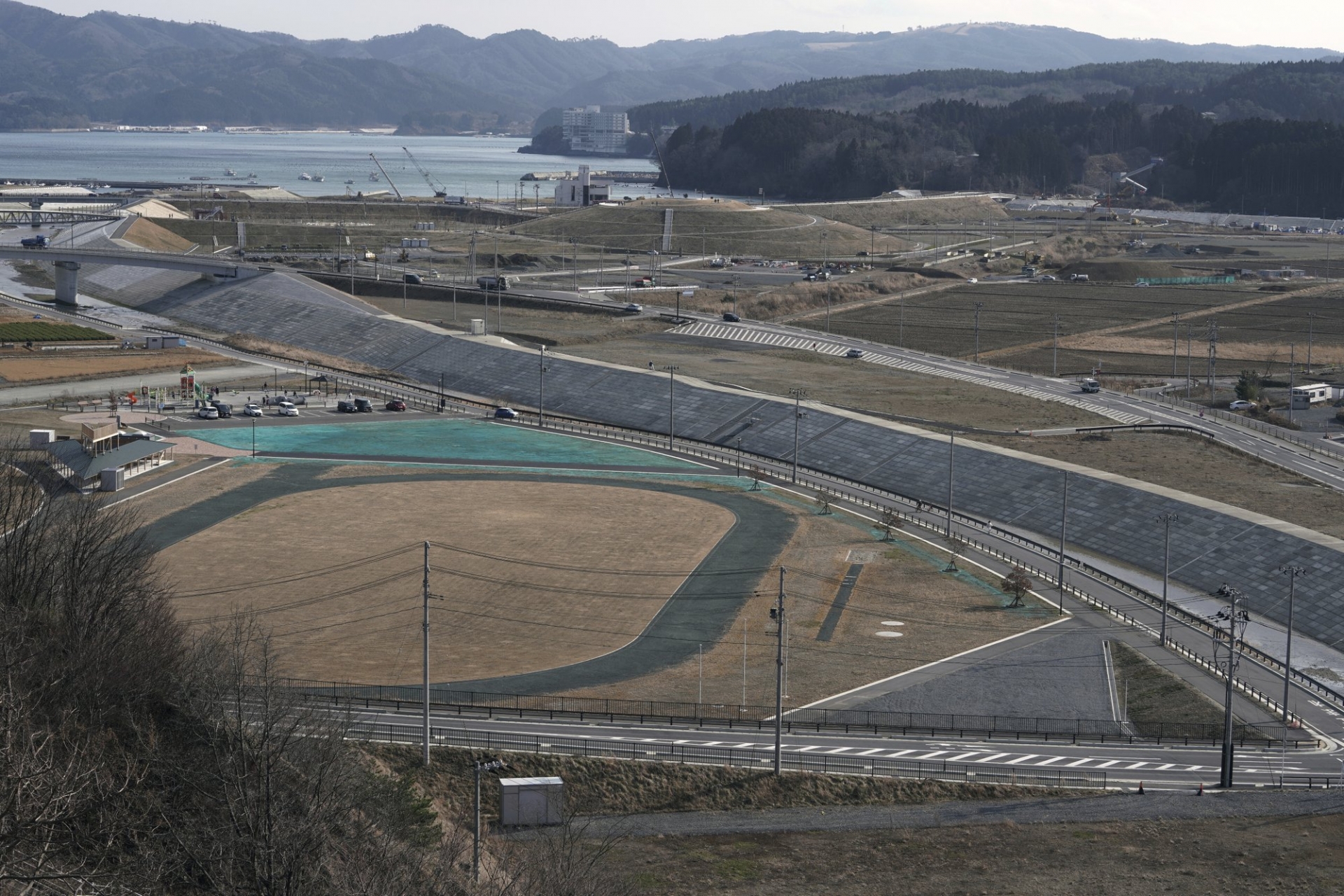 |
| Vehicles pass through the streets in the city of Minamisanriku, Miyagi Prefecture, northeastern Japan, on March 6, 2021, nearly 10 years after the March 11, 2011 tsunami. Photo: AP |
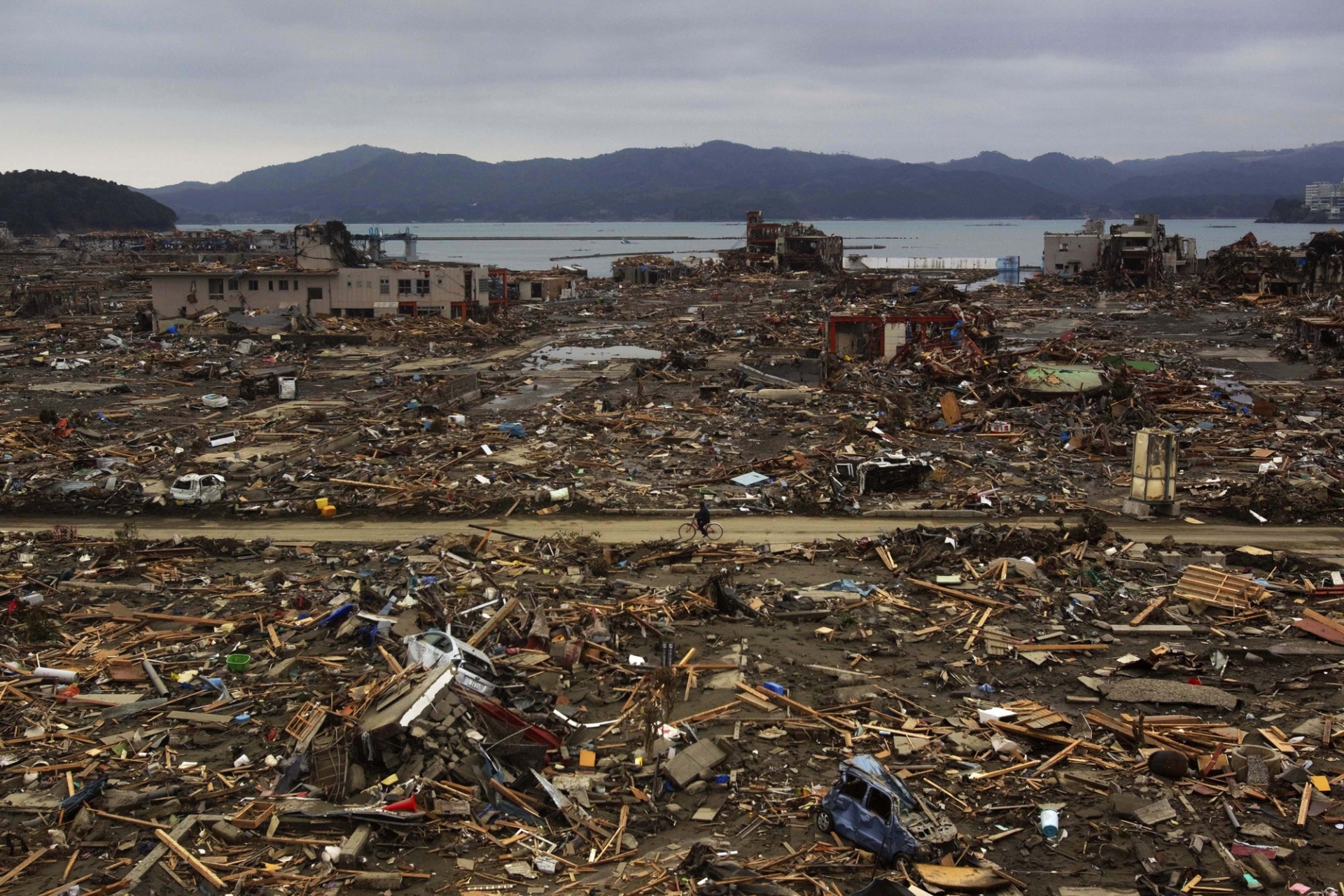 |
| A survivor of the earthquake and tsunami rides his bicycle through the leveled city of Minamisanriku, in northeastern Japan, on March 15, 2011, four days after the Tsunami. Photo: AP |
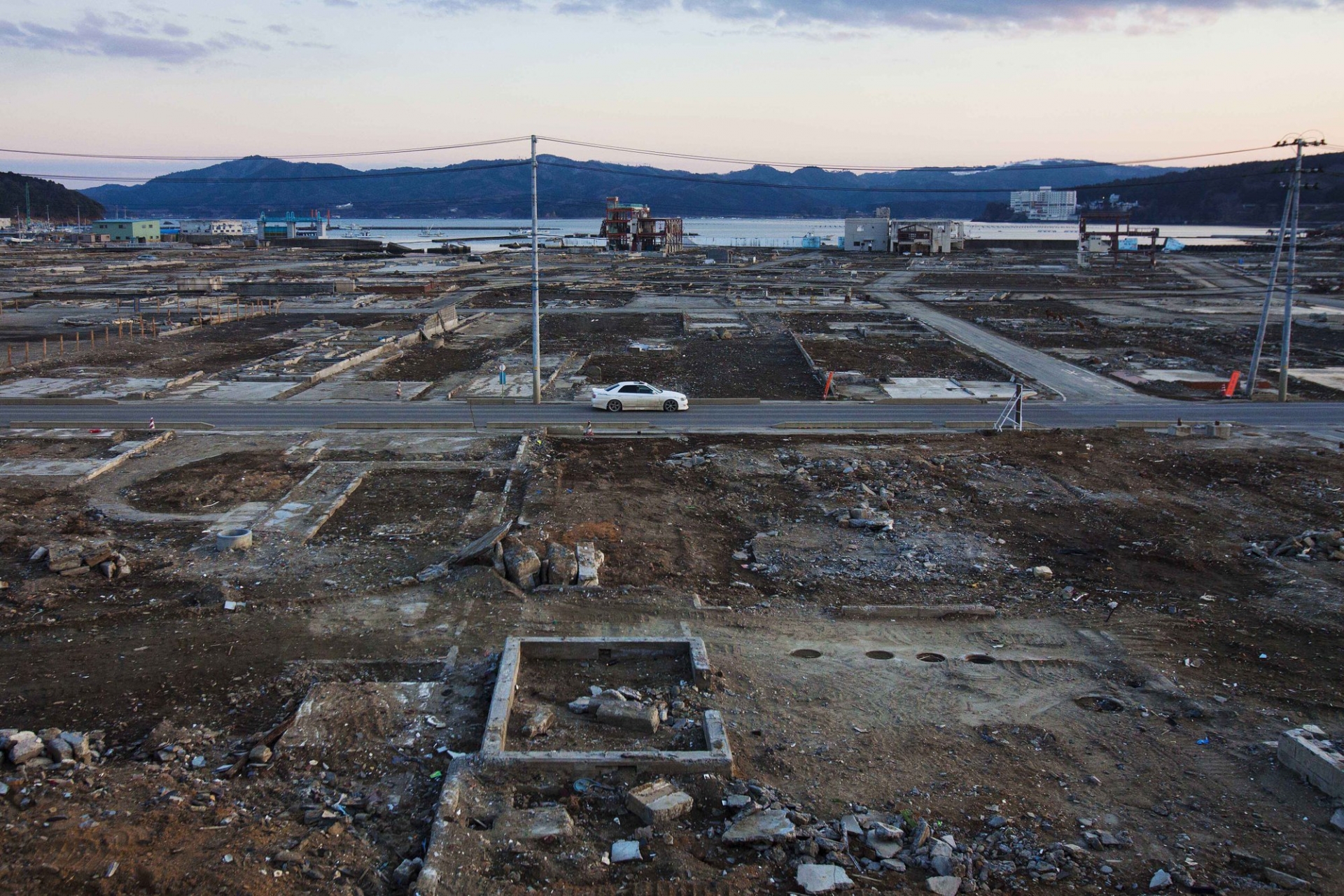 |
| A car passes through the leveled city of Minamisanriku, Miyagi Prefecture, northeastern Japan, on Feb. 23, 2012, almost one year after the March 11 tsunami. Photo: AP |
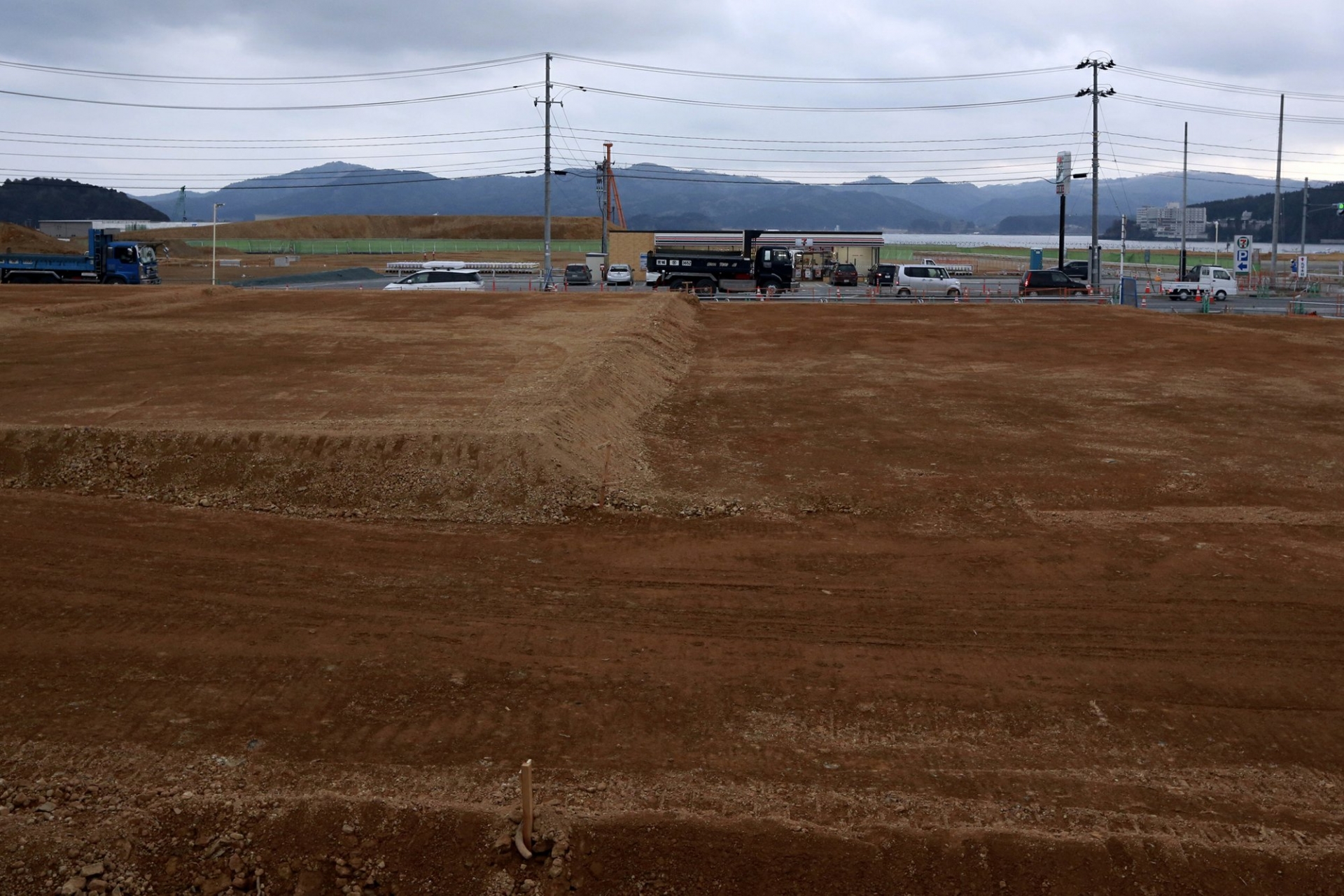 |
| Trucks and cars pass through the leveled city of Minamisanriku, Miyagi Prefecture, northern Japan, on March 5, 2016, nearly five years after the Tsunami. Photo: AP |
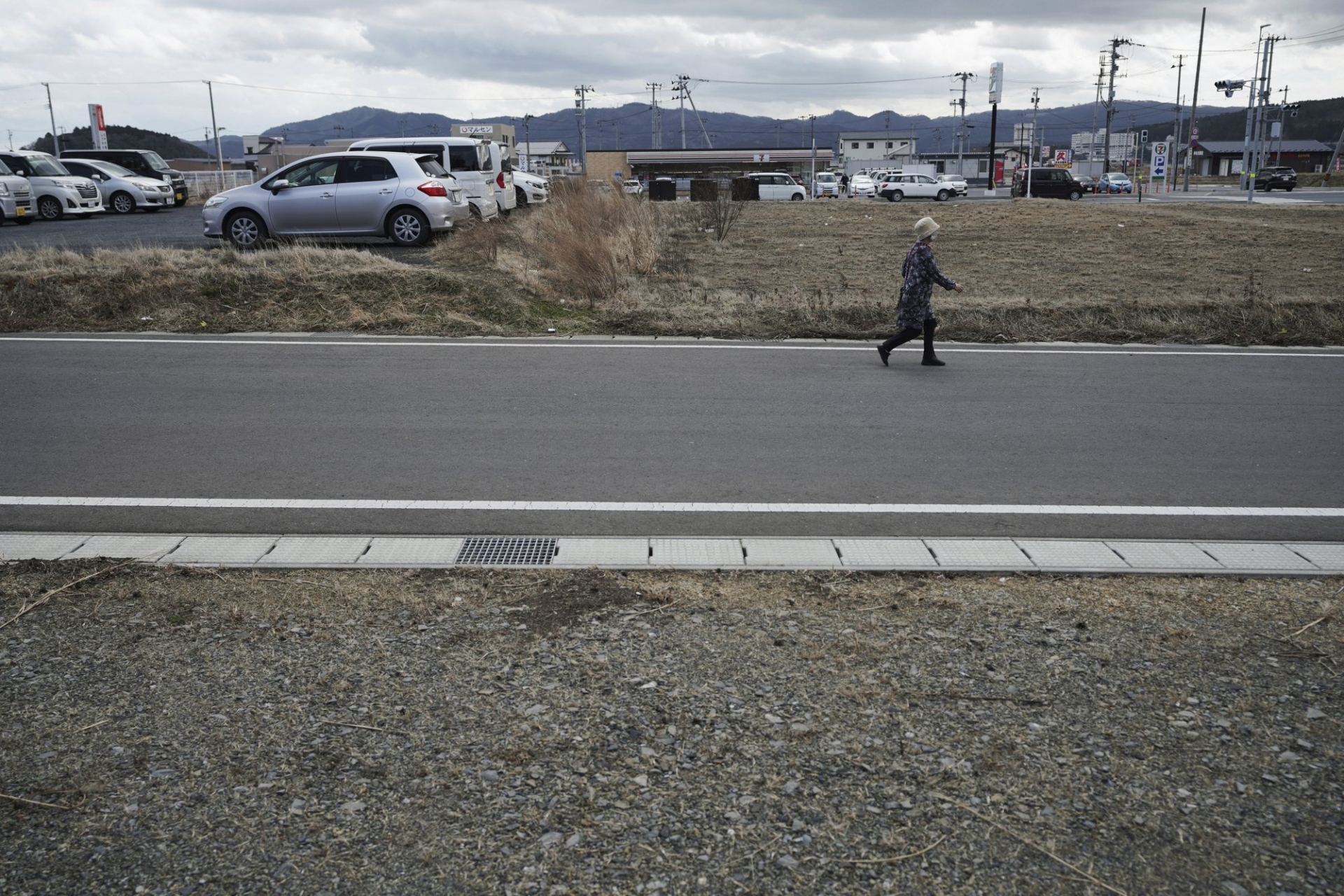 |
| A woman walks through the city of Minamisanriku, Miyagi Prefecture, northern Japan, Saturday, March 6, 2021, nearly ten years after the Tsunami. Photo: AP |
Despite the setbacks and uneven progress, the Tohoku of 2021 is a testament to a collective force of will — national, local and personal. Look closely, though, and you’ll see that even the most breathtaking transformations carry the residue of what happened in 2011, the scars of that deep wound to the region’s psyche.
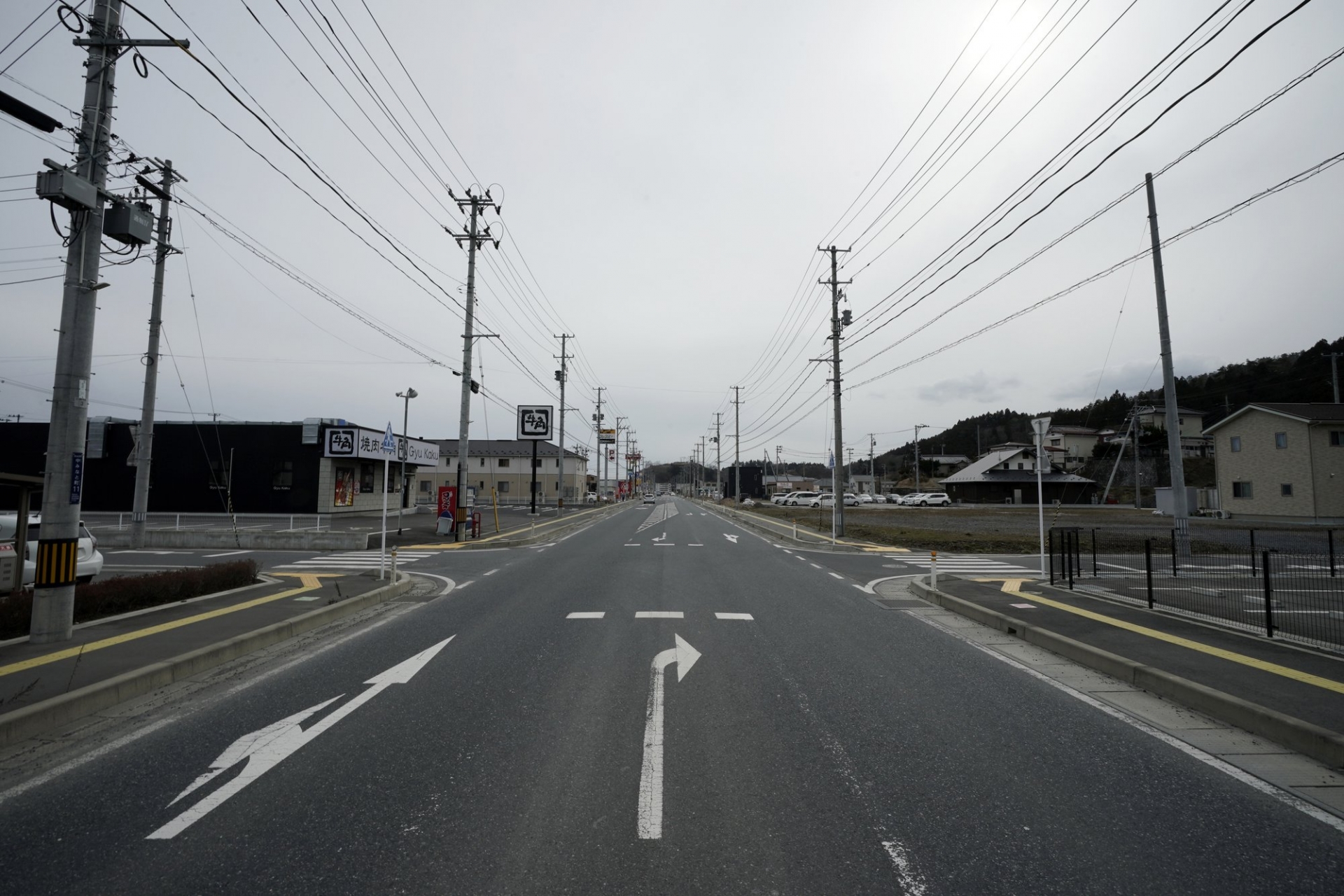 |
| Nearly 10 years after the 2011 tsunami disaster, recovered streets are seen in Kesennuma, Miyagi Prefecture, northeastern Japan Friday, March 5, 2021. Photo: AP |
Japan remembers 'man-made' nuclear disaster
When a huge earthquake and tsunami struck Japan on March 11, 2011, devastating towns and triggering nuclear meltdowns in Fukushima, a stunned world watched the chaotic struggle to contain the world’s worst nuclear disaster since Chernobyl, according to Reuters.
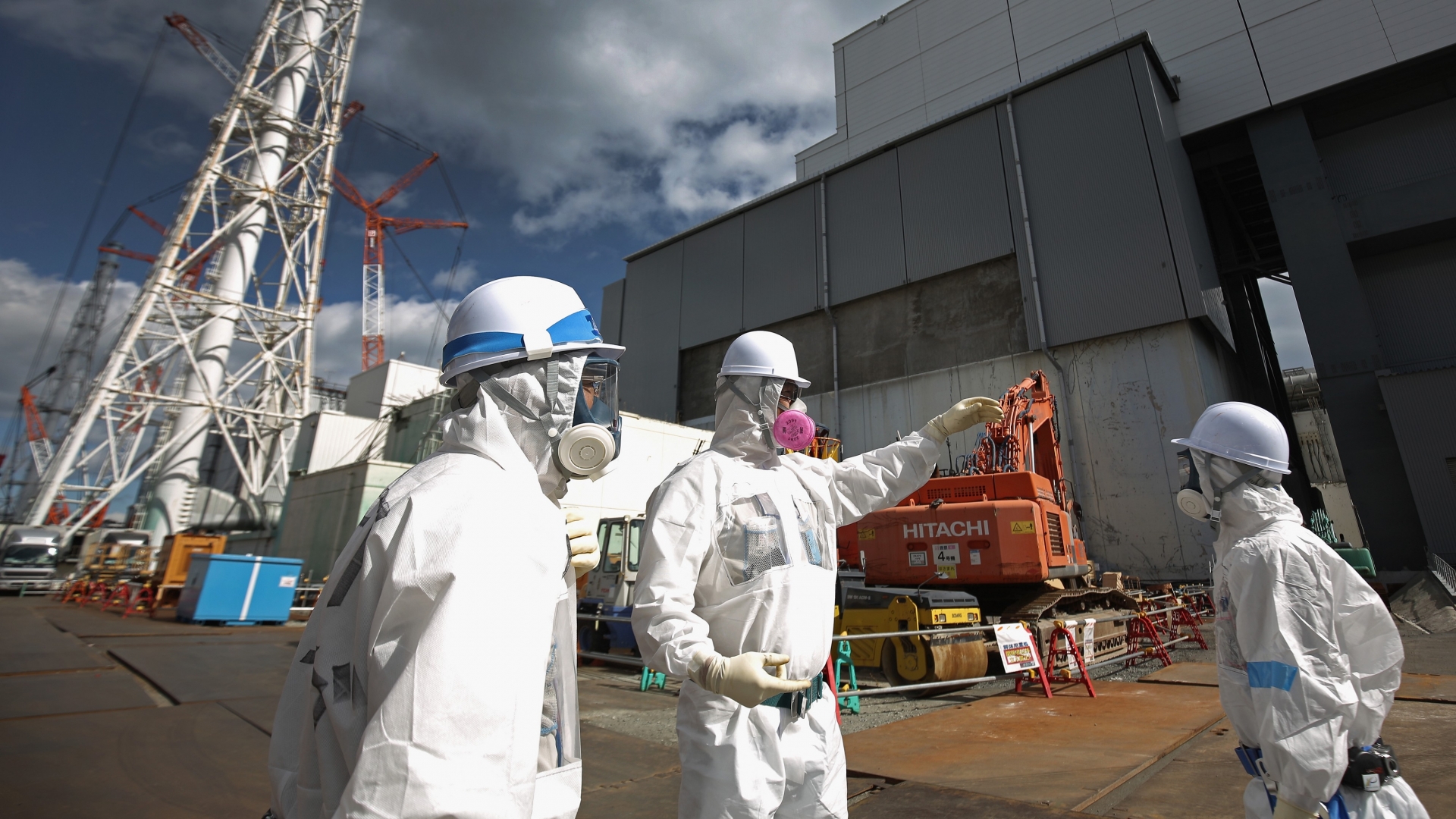 |
| Photo: Medium |
The government has spent about $300 billion (32.1 trillion yen) to rebuild the tsunami-devastated Tohoku region, but areas around the Fukushima plant remain off-limits, worries about radiation levels linger and many who left have settled elsewhere. Decommissioning of the crippled plant will take decades and billions of dollars.
Japan is again debating the role of nuclear power in its energy mix as the resource-poor country aims to achieve net carbon neutrality by 2050 to fight global warming. But an NHK public TV survey showed 85% of the public worries about nuclear accidents.
Energy policy was left in limbo after Shinzo Abe led his pro-nuclear energy Liberal Democratic Party (LDP) back to power the year after the disaster, ousting the novice Democratic Party of Japan, whose image was tainted by its handling of Fukushima.
“They sort of left things adrift,” said Tobias Harris, senior vice president at consultancy Teneo and author of a book about Abe.
| How does the Japan tsunami compare to the 2004 Indian Ocean tsunami? The biggest difference in the two tsunamis is not in their size, but in the level of preparation and warning available to people in their paths. With virtually no warning in Banda Aceh, Indonesia, 167,000 people died during the 2004 Indian Ocean earthquake and tsunami, said ABC News. The location made a difference too. Both waves were felt around the world, but the Indian Ocean tsunami caused deaths and significant damage not only in Indonesia, but in India, Sri Lanka, and Thailand, too. |
 | 'Japanese Rapunzel' with 6ft 3in hair hasn't been cut for 15 years Rin Kambe's hair measures 6ft 3in after she let it grow for 15 years, having not had a haircut since she was 20. |
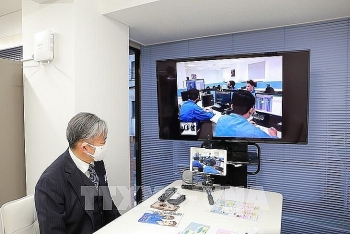 | Vietnamese engineers get high evaluation from Japanese enterprises Vietnamese engineers are touted by Japanese employers for their good working attitude, decent skills, and great contribution to Japan’s labor market so far. |
 | Japan’s Dentsu company praises Vietnamese engineers Director of Japan’s Dentsu company Iri Kazuaki has said that Vietnamese engineers have made important contributions to its operations over recent years. |
Recommended
 World
World
India strikes back at terrorists with Operation Sindoor
 World
World
India sending Holy Relics of Lord Buddha to Vietnam a special gesture, has generated tremendous spiritual faith: Kiren Rijiju
 World
World
Why the India-US Sonobuoy Co-Production Agreement Matters
 World
World
Vietnam’s 50-year Reunification Celebration Garners Argentine Press’s Attention
 World
World
"Will continue offering our full support to Indian govt": US FBI Director after Pahalgam attack
 World
World
"Great Leader": JD Vance Lauds PM Modi During His India Visit
 World
World
Trump’s Tariff Pause: A Strategic Move from “The Art of the Deal”?
 World
World

